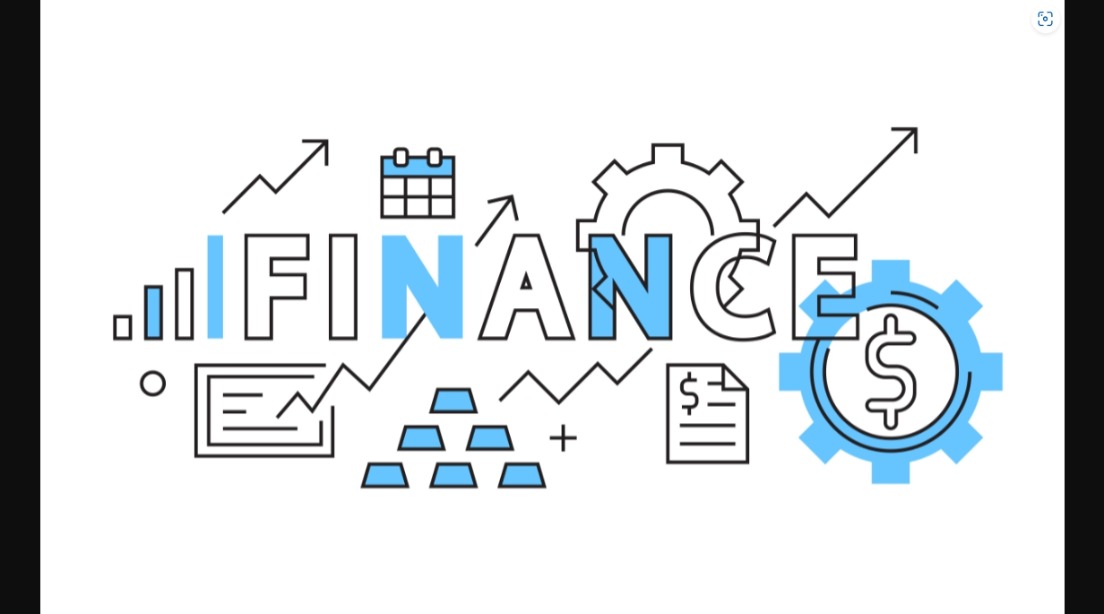Saving money is not just about setting aside a portion of your income; it’s a fundamental habit that paves the way to financial stability and future opportunities. Whether you’re saving for a rainy day, a big purchase, or retirement, mastering the art of saving is essential for achieving your financial goals. Let’s explore some key strategies and insights to help you on your saving journey.
Why Save?
Saving serves multiple purposes beyond just accumulating wealth. It provides a safety net for unexpected expenses, reduces reliance on credit, enables you to seize investment opportunities, and ultimately empowers you to achieve your long-term financial aspirations.
Setting Goals
Effective saving begins with clear goals. Whether short-term (e.g., a vacation or a down payment on a house) or long-term (e.g., retirement or children’s education), defining your objectives helps you stay motivated and focused. Break down larger goals into smaller, actionable steps to make progress more manageable.
Creating a Budget
A budget acts as your financial roadmap, guiding you on how to allocate income towards expenses, savings, and investments. Start by tracking your income and expenses to identify areas where you can cut back or optimize spending. Allocate a portion of your income specifically towards savings as a non-negotiable expense.
Automate Savings
Take advantage of technology to automate your savings process. Set up automatic transfers from your checking account to a dedicated savings account or investment account each month. This “pay yourself first” approach ensures that saving becomes a priority before discretionary spending.
Emergency Fund
Building an emergency fund is a cornerstone of financial security. Aim to save at least 3-6 months’ worth of living expenses in a readily accessible account. This fund provides a financial cushion in case of job loss, medical emergencies, or unexpected home repairs, allowing you to weather financial setbacks without resorting to debt.
Debt Management
While saving is crucial, it’s equally important to manage and reduce existing debt. Prioritize paying off high-interest debts like credit cards to free up more money for savings and investments in the long run. Use strategies like the debt snowball (paying off smaller debts first) or the debt avalanche (paying off debts with the highest interest rates first) to accelerate debt repayment.
Investing for the Future
Once you’ve established an emergency fund and paid down high-interest debt, consider investing to grow your wealth over time. Explore retirement accounts like IRAs or employer-sponsored 401(k) plans, which offer tax advantages and potential employer matches. Diversify investments based on your risk tolerance and time horizon, seeking professional advice if needed.
Review and Adjust
Regularly review your savings plan and budget to track progress towards your goals. Adjust as necessary to accommodate changes in income, expenses, or financial priorities. Celebrate milestones along the way to stay motivated and reinforce positive saving habits.
Mindset Shift
Saving isn’t just about deprivation; it’s about consciously choosing how to allocate your resources to align with your values and goals. Cultivate a mindset of delayed gratification and prudent financial stewardship, recognizing that each dollar saved today contributes to a more secure and prosperous future.
Conclusion
Saving money is a journey that requires discipline, planning, and foresight. By adopting smart saving habits, setting clear goals, and leveraging financial tools, you can build a strong foundation for financial well-being and achieve your dreams with confidence. Start small, stay consistent, and watch your savings grow into a powerful tool for shaping your financial future. Remember, the key to financial freedom lies in your ability to save today for a brighter tomorrow.



